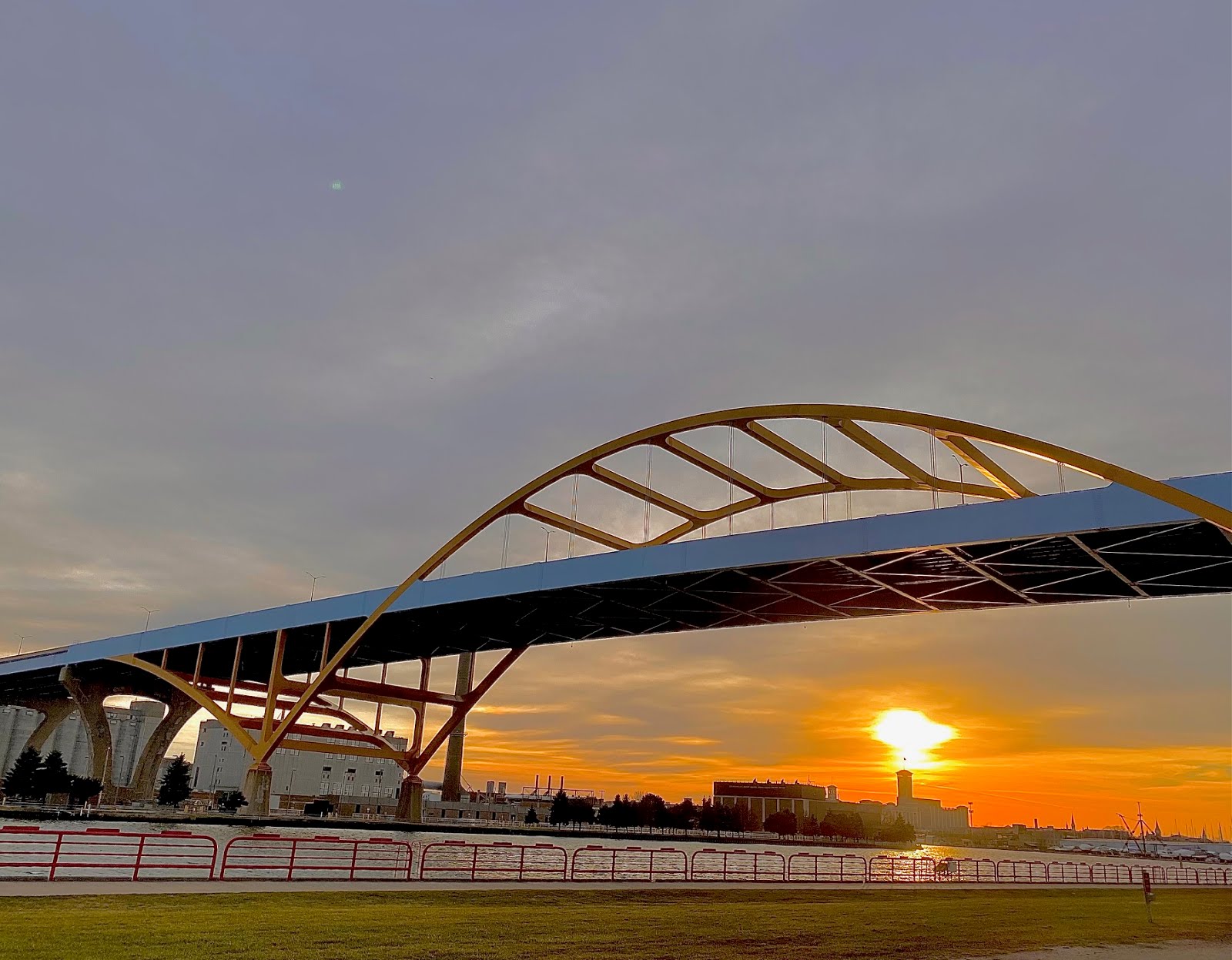Twin Cities Transit Puts Milwaukee To Shame
Suburbanites killed Milwaukee light rail several years ago, and Milwaukee County Executive Scott Walker is content to see his failing bus system continue in its death spiral.
By contrast, transit in the Twin Cities had a banner year in 2008, including a light rail system that provided 10 million rides.
That's a heckuva lot of air pollution and traffic congestion eliminated.
Meanwhile, we remain locked up in Milwaukee, pouring billions into new and reconstructed freeway lanes, prisoners of a political culture that prefers the old ways, even if they are unsustainable, expensive, and unhealthy.
Bold use of federal stimulus funding could break the pattern, but that would require a level of political will and courage that, to date, remains invisible.









3 comments:
James,
Here's a map that shows where public transit has a growing demand for service, where it faces budget cuts (think fare increases!), where shovel ready projects are, and what innovations are being deployed. Feel free to comment!
http://blogs.edf.org/climateatlas/
- Peter Black
Jim,
You have firsthand knowledge of how long it's been that those big federal dollars have gone unspent on local transit.
Perhaps it's more accurate to say that about $92 million remains unspent. More than $100 million has gone to road improvements and other nontransit uses.
So it's deja vu all over again as a new study gets underway with the goal of yet another proposal to put those federal dollars to use.
http://www.vitalsourcemag.com/index.php/blogs/ted/groundhog-day/
what sayest thou?
For more details, such as they are. visit:
www.milwaukeeconnector.com
Sounds like a real success story. I guess it just depends on your definition of success.
Here are some interesting stats:
Twin Cities Population: 2.85 million
2008:
82 million transit riders
10 million Hiawatha riders
12% of commuter traffic
37,000 daily boardings (approx 15-20 thousand commuters)
0.7% of the population rides the light rail.
The Hiawatha Line:
12 miles
$715,000,000 to construct
$59.6 million per mile
$19,600,000 annual operating budget
$7,200,000 collected fares
$12,400,000 annual taxpayer burden (63% of the budget).
Jim, if you haven't figured it out, roads are a necessary evil. They are required for commerce and the vast majority of people who do not and cannot benefit from light rail travel. Even in your the touting of Minneapolis' Hiawatha Line as a success, less than 1% use it.
Highways are unsustainable? (definition: not able to be maintained or supported in the future, esp. without causing damage or depletion of a resource). By definition, either can light rail.
Unhealthy. Sure cars pollute more. I'll give you that. Just remember, green energy sources are not powering the light rail system. Coal is.
Highways are expensive? Yep. So is light rail: But, the cost/benefit in lieu of usage doesn't even compare. $900 million in Marquette Exchange reconstruction costs effect a far greater population than 10-15 miles of light rail.
Here's a link to the history of the TMER&L, the extensive Milwaukee-area interurban lines that failed: http://www.trainweb.org/twerhs/tmerl.html
Post a Comment